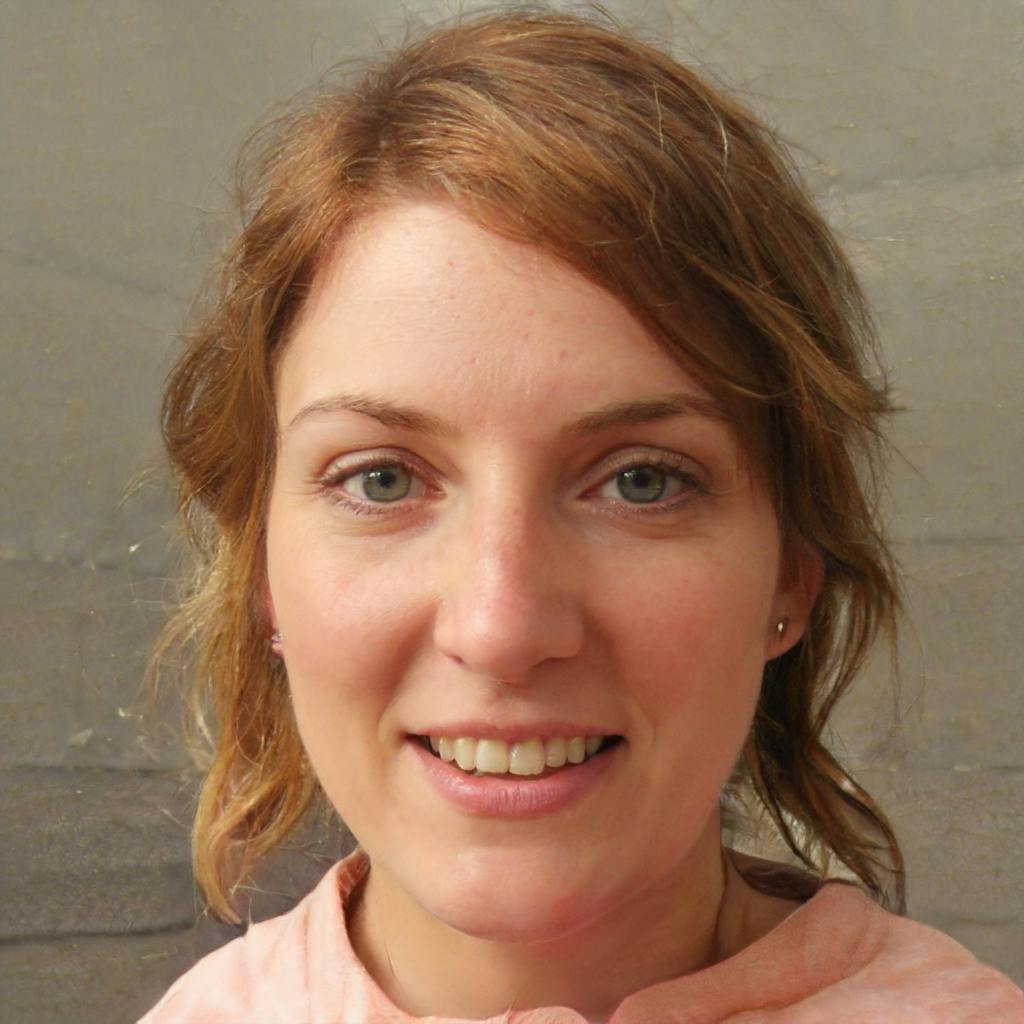Diagnosis and Treatment of Leukaemia
Leukaemia is a type of cancer that affects the different types of blood cells. It can be acute or chronic in nature, and starts either in the myeloid or lymphoid cells of the bone marrow. Acute Myeloid Leukaemia (AML) begins in the myeloid cells (such as neutrophils, basophils, macrophages, among others).
The content has been reviewed for quality and accuracy to the best of our knowledge by Qunomedical and its Medical Board of Experts.
 JuliaPatient Manager
JuliaPatient Manager“Qunomedical helped me so much! Thank you!“
“Qunomedical helped me so much! Thank you!“
Diagnosis and Treatment of Leukaemia Quick Details
WHO IS THIS FOR
Patients diagnosed with AML.
PROGNOSIS
The 5 year survival rate for adults with AML is approximately 30% and for children it is between 60-70%.
TREATMENT DURATION
Chemotherapy is given in cycles broken by periods of rest and recovery.
Radiation therapy is also given over a course of few weeks.
POTENTIAL RISKS & SIDE EFFECTS
Radiotherapy side effects include: swelling, fatigue, changes in skin, nausea/vomiting.
Side effects of chemotherapy include hair loss, nausea, loss of appetite, diarrhea, fatigue and mouth sores, cognitive changes.
Side effects of a stem cell transplant can be, graft-versus-host disease, risk of the leukemia cells being re-transplanted.
Causes and Symptoms of AML
Causes and Risk Factors
There are a few factors that can increase the risk of AML:
Age: the older you get, the higher your chances of getting AML.
Sex: men are more prone to AML than women.
Smoking: May also increase the risk of AML.
Certain chemicals such as benzene, and long term exposure to it and related chemicals is also a risk for AML.
Exposure to high dose radiation such as those from an atomic bomb explosion or a nuclear reactor accident.
Previous chemotherapy treatment with certain drugs known as alkylating agents.
Genetics/Family history: certain genetic syndromes such as neurofibromatosis type 1, Trisomy 21 have a higher risk of developing AML. Additionally, if a close family member (such as a parent, sibling) has had the disease, then your chances of developing it also increase.
Symptoms
The general symptoms associated with AML are:
Fatigue
Fever
Unintentional weight loss
Night sweats
Loss of appetite
Some more specific symptoms associated with the type of blood cells being affected are as follows:
Increased vulnerability to infections
Dizziness/Headaches
Easy bruising/frequent nosebleeds/bleeding gums
Issues with blood clotting
Pain in your bones/joints
Swelling in the abdominal region
Diagnosis and Treatment
Diagnosis and Screening
Here are the following diagnostic tests and screening procedures you have to undergo for AML:
Medical history and physical examination to understand your general health condition, family history of illness and examine your eyes, mouth, skin and other organs for signs of bleeding/bruising or infection.
Blood and bone marrow samples to check for signs of leukemia cells.
Complete blood count test to check for the amount of different blood cell types. This may help the doctor diagnose leukemia but it not a conclusive test.
Spinal tap to check whether the cancer has spread to the brain or the spinal cord.
In a cytochemistry test, cells are dyed with special stains which are specific to types of leukemia cells. This therefore helps to determine which type of leukemia you have.
Immunophenotyping: Different blood cells attach different antigens, and immunophenotyping takes advantage of this principle. It also therefore can be used to classify the type of leukemia you have.
Chromosome test to check for changes in the chromosomes of the myeloid cells. Observing these changes can be useful for determining the best course of action for your illness.
Imaging test such as X-rays, CT scans, ultrasounds or MRI scans are usually carried out to check whether the cancer has spread to other parts of your body.
How is Acute Myeloid Leukaemia Treated?
Chemotherapy
Uses anti-cancer drugs to kill or shrink the cancer causing cells and to prevent the spread of cancer to other areas of the body. This is the main form of treatment against AML, and you may receive one drug at a time or a combination of drugs. Chemotherapy is delivered either intravenously, subcutaneously, orally or via injections in the cerebrospinal fluid. There are 2 main phases of chemotherapy for AML namely:
Induction: This is the first phase and is short, usually lasting a week. The aim is to kill all leukemia cells and get the balance of cells to normal, hence achieve remission.
Consolidation: Is given after the induction phase, to prevent the cancer from returning. This treatment is given in cycles interrupted by brief periods of recovery.
There is now the possibility of using targeted therapy drugs which are, are as the name suggested more specific to destroying only cancer cells. Targeted therapy drugs are mostly used in tandem with chemotherapy drugs, but may also be given alone.
Stem cell transplant
This procedure is carried out after an intensive round of high dose chemotherapy or radiotherapy that kills all cells in the bone marrow including the cancerous cells. A stem cell transplant allows the transfer of hematopoietic stem cells into the bone marrow, where new blood cells can grow from them. Stem cell transplants are of two types namely: Allogeneic, whereby a donor’s stem cells are used, and Autologous, where a patient’s own stem cells are used.
Radiation Therapy
Radiation therapy works by aiming high energy waves at the cancerous cells. This type of treatment is often used for leukemia that has spread to other parts of the body and before a stem cell transplant.
What Should I Expect From This Procedure?
Please bear in mind, that your medical history, your environment which includes family and friends, your lifestyle habits, genetics, the type and intensity of cancer you have, all play a role in deciding the course of your treatment. Many times a combination of treatments is recommended, and this may change through the duration of your illness. This is done so the doctor can ensure that you are getting the best possible treatment for your individual case.
How Do I Find the Right Doctor?
We understand that before going through a major treatment like chemotherapy or a stem cell transplant, you may be feeling unsure and want a second opinion, or you would like to look for the top oncologist specializing in prostate cancer, or for a clinical trial doing cutting edge research. For support with any of these queries and question, Qunomedical is here for you 24/7.

Patient manager
Frieda
Your personal Patient Manager
Let's talk
Still unsure? Feeling overwhelmed? Talking to a real person can give you the guidance and reassurance needed. You don’t have to do it alone. Let’s find the right doctor together.